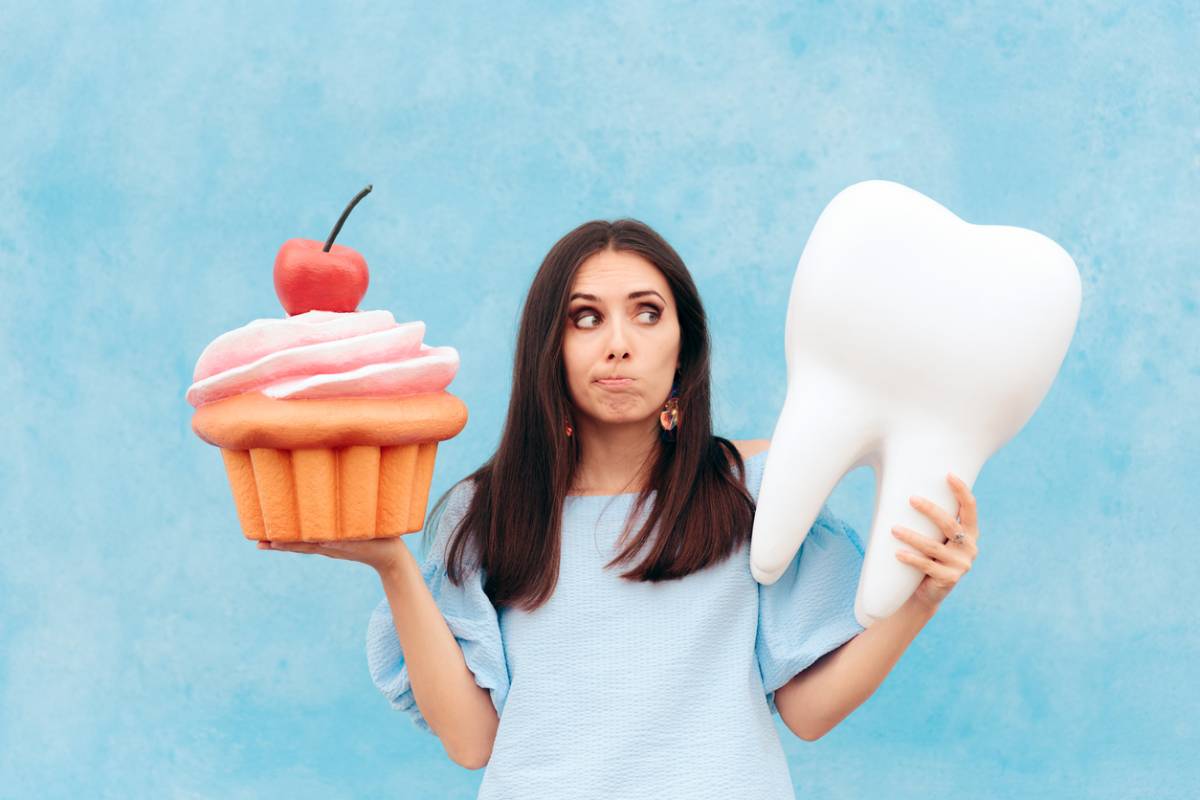A dental bridge is a great option for replacing one to three missing teeth. The appliance looks completely natural, and it is relatively easy to place. It works by anchoring a series of prosthetic teeth between two of your remaining teeth. These teeth are either strengthened by crowns or dental implants. In just a couple of office visits, a dental bridge can fully restore your smile and your ability to eat and speak normally. Here’s our list of foods to avoid after dental bridges.
Foods to Avoid After Dental Bridges
That being said, a dental bridge requires specific care just like your natural teeth. It’s a bit different but easy enough to get used to with a bit of practice. To give you a jump start on taking care of your new bridge, we’ve put together an easy guide to help you figure out what foods you should avoid to keep your dental appliances in top shape.
The Most Common Issues
When it comes to your dental bridge(s), your Bloomington dentist at Valley Alder wants you to know what the most common issues are so you’re prepared. Although there are a range of foods that can cause damage to your teeth or the dental bridge, the problems generally associated with dental bridges fit into three categories:
- Discoloration or fading over time
- Damage due to hard or sticky foods
- Decay due to food trapped underneath the appliance
Fortunately, as long as you’re careful and keep up your oral hygiene routine, you will still get to enjoy all of your favorite things.
The Problem with Staining Drinks
Between soda, coffee, tea, and wine, there are plenty of drinks that can stain your natural teeth. They can damage your dental bridge too, but the process is a bit different. Instead of causing visible stains, these corrosive materials cause the prosthetic teeth to lose their color. They may grey slightly or fade in coloration with time. Unfortunately, you can’t whiten the prosthetic teeth in the same way that you can natural teeth. The only way to get them back to pearly white is to replace the appliance.
The Danger of Trapped Food
It’s true that your fake teeth won’t decay in the same way as natural teeth when exposed to sugar, bacteria, and other food products. However, the anchor teeth and the gums beneath your prosthetic are still prone to damage. As long as your dental bridge is fitted properly and regularly adjusted, there won’t be room for food to become trapped underneath. However, the shape of your jaw will change somewhat without the stimulation of a natural teeth, so regular re-fittings are necessary to ensure that you can eat without having to worry.
The Challenge of Hard and Sticky Foods
Your dental bridge is a sturdy piece of equipment, but these appliances have their limitations, just like your natural teeth. When you get your dental bridges in Bloomington, your dentist will discuss your diet and what foods may need to be avoided. Raw vegetables, ice, and hard candies are all exceptionally hard on your dental bridge. You should cut down on their consumption where possible. And you should not chew these items in the area where you have a dental bridge.
Adjusting Your Habits
Having a dental bridge doesn’t mean taking all of your favorite things off of your plate. It just means that you have to consume those items in moderation and be careful when you do. Using a straw to consume staining drinks is one way to reduce their effect. Attending your regular dental appointments and having your bridge adjusted when needed will help to prevent gum disease and tooth decay. It’s just a matter of re-evaluating your habits, and it will become second nature with time.


